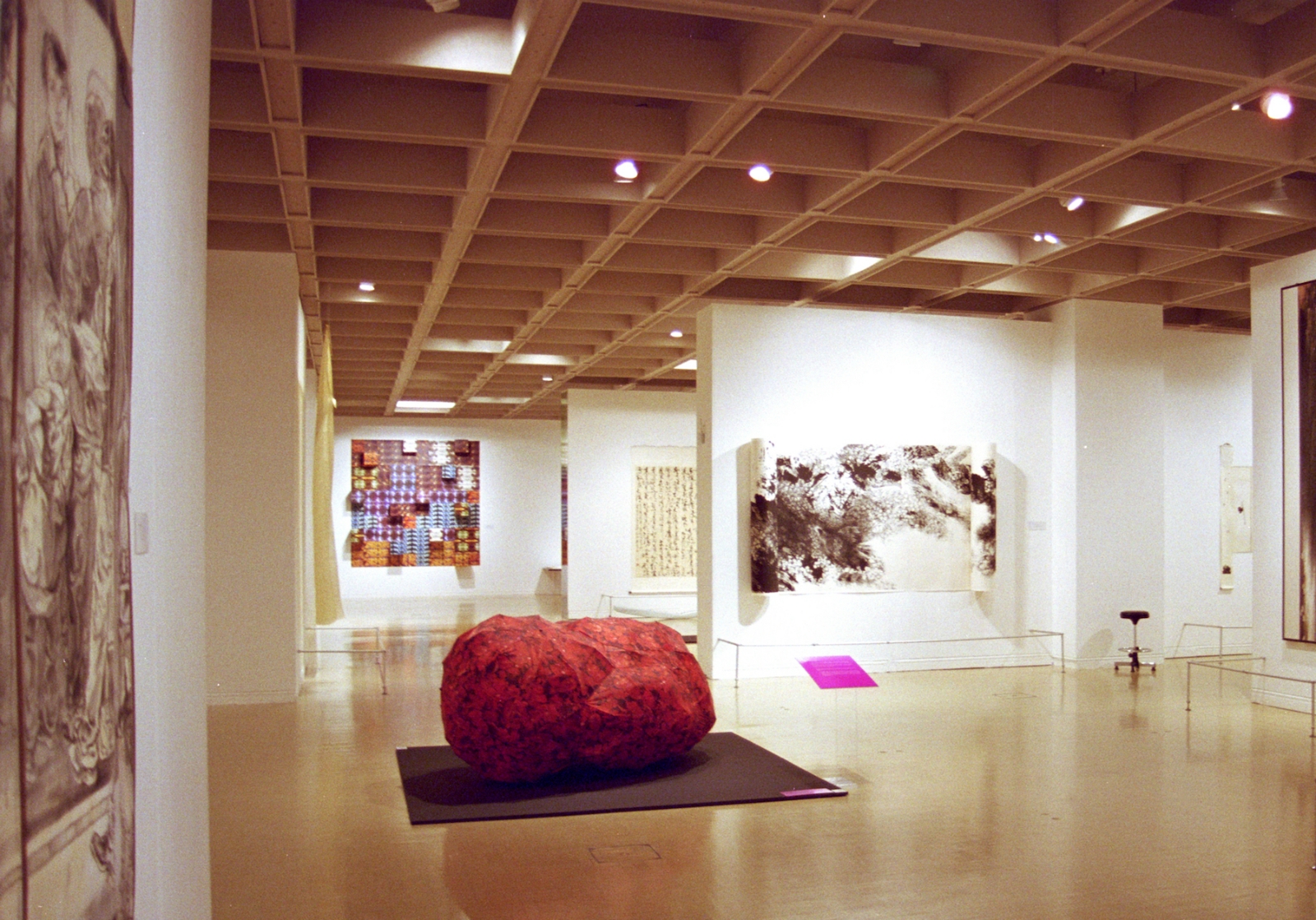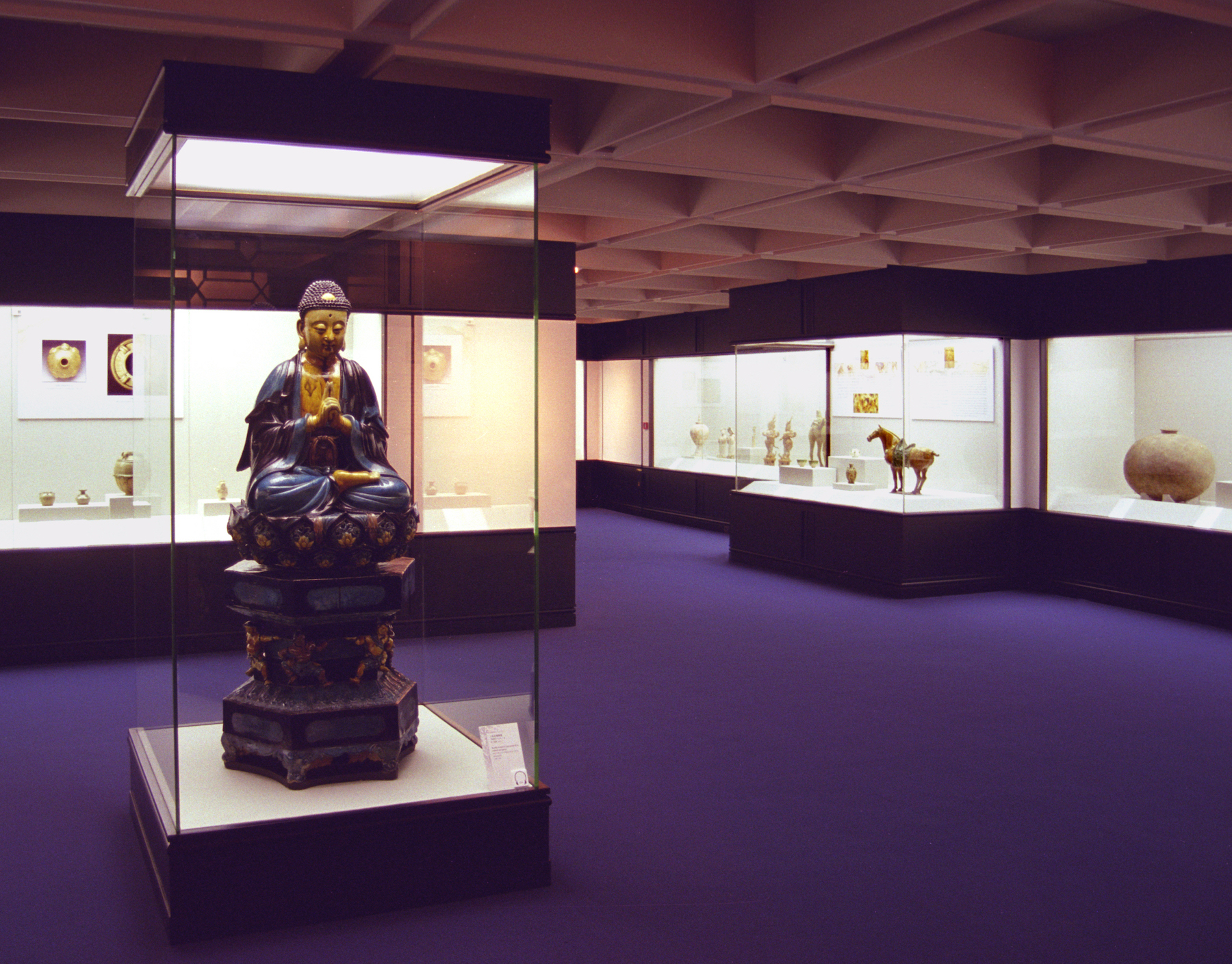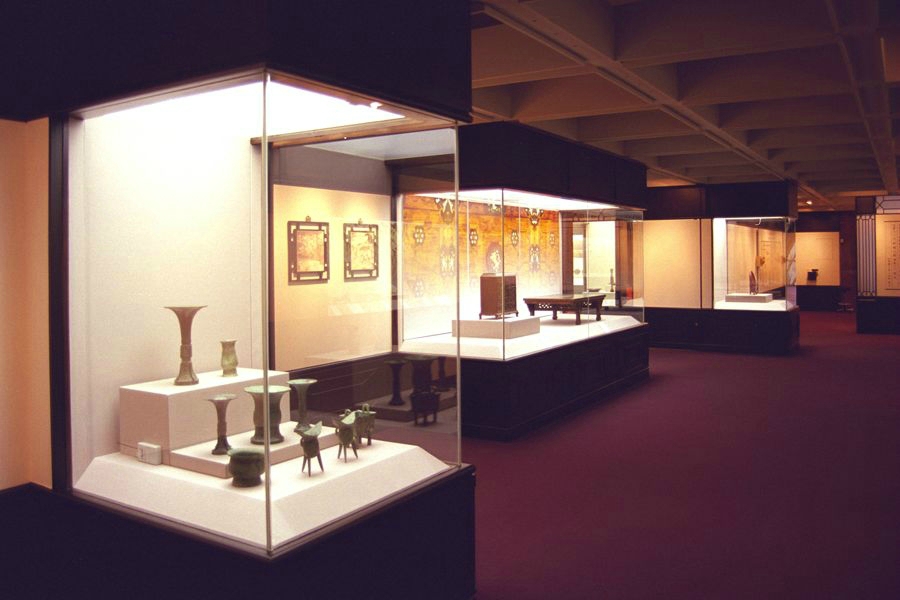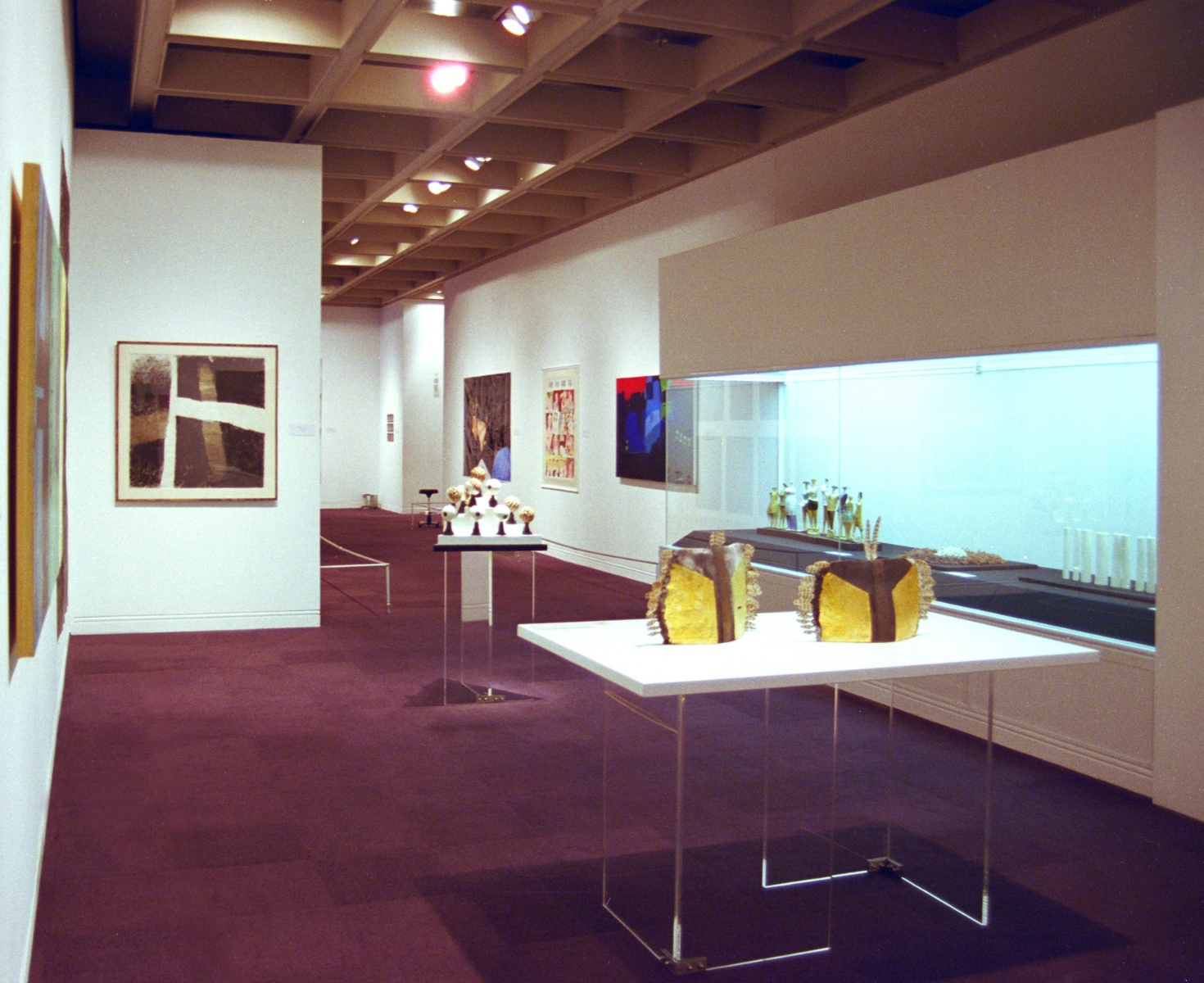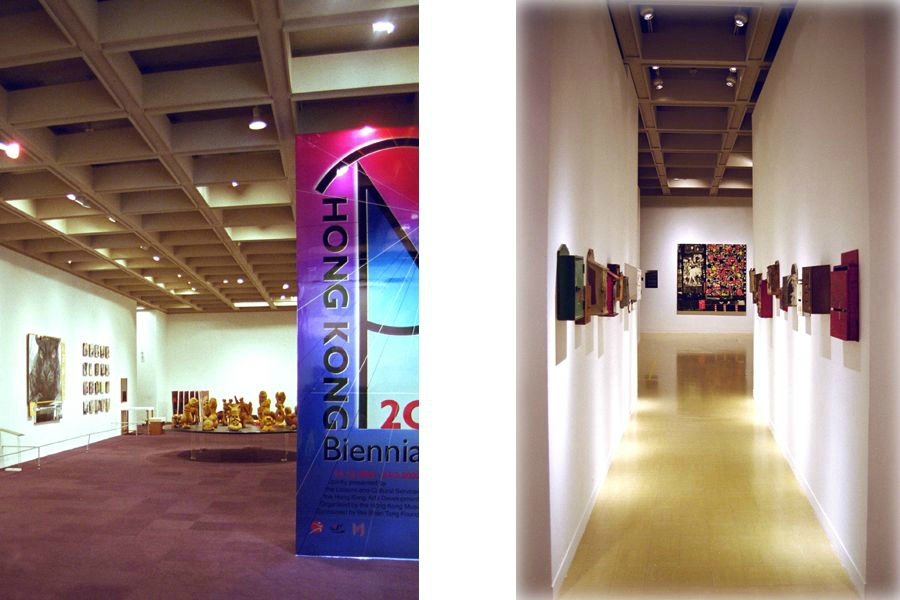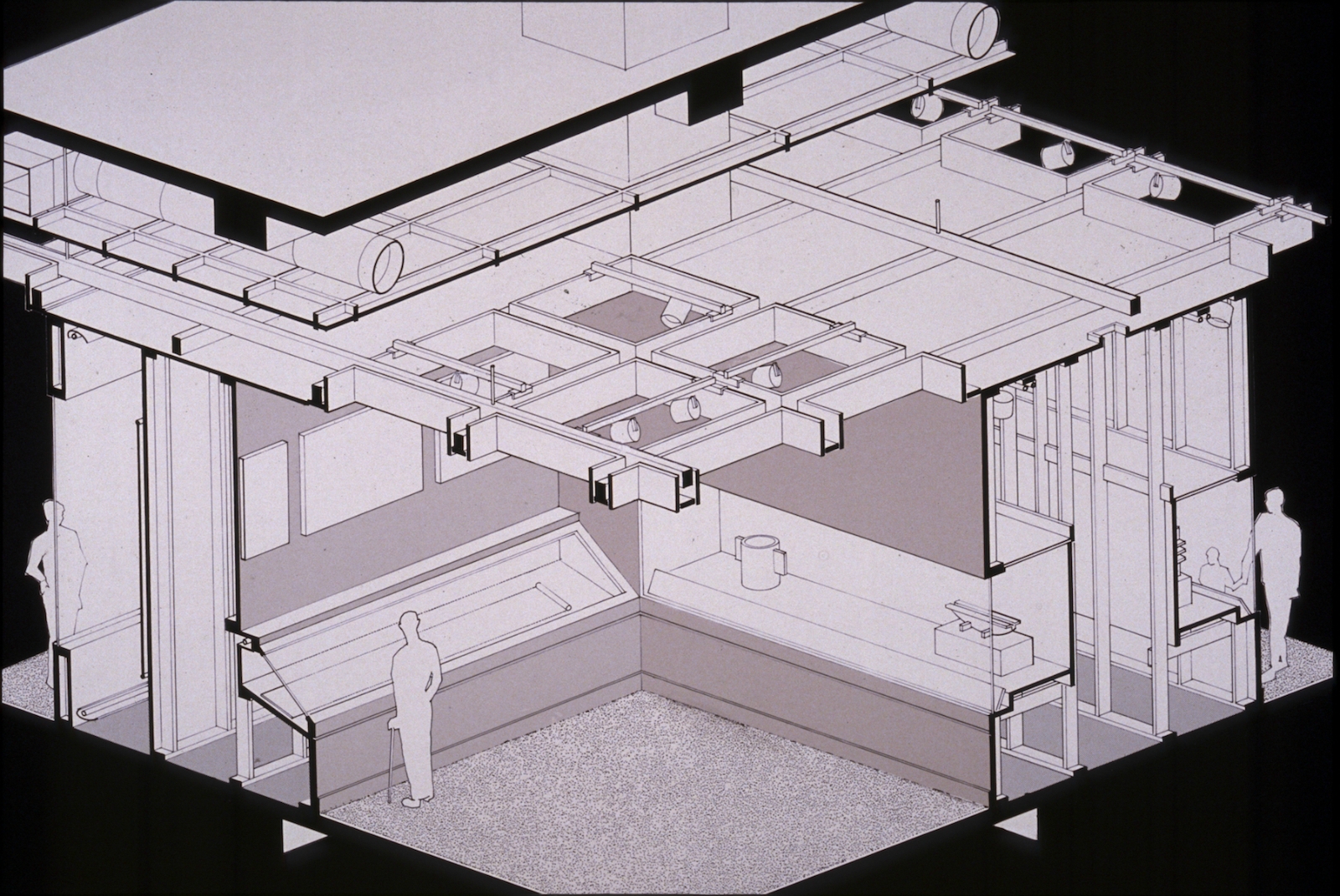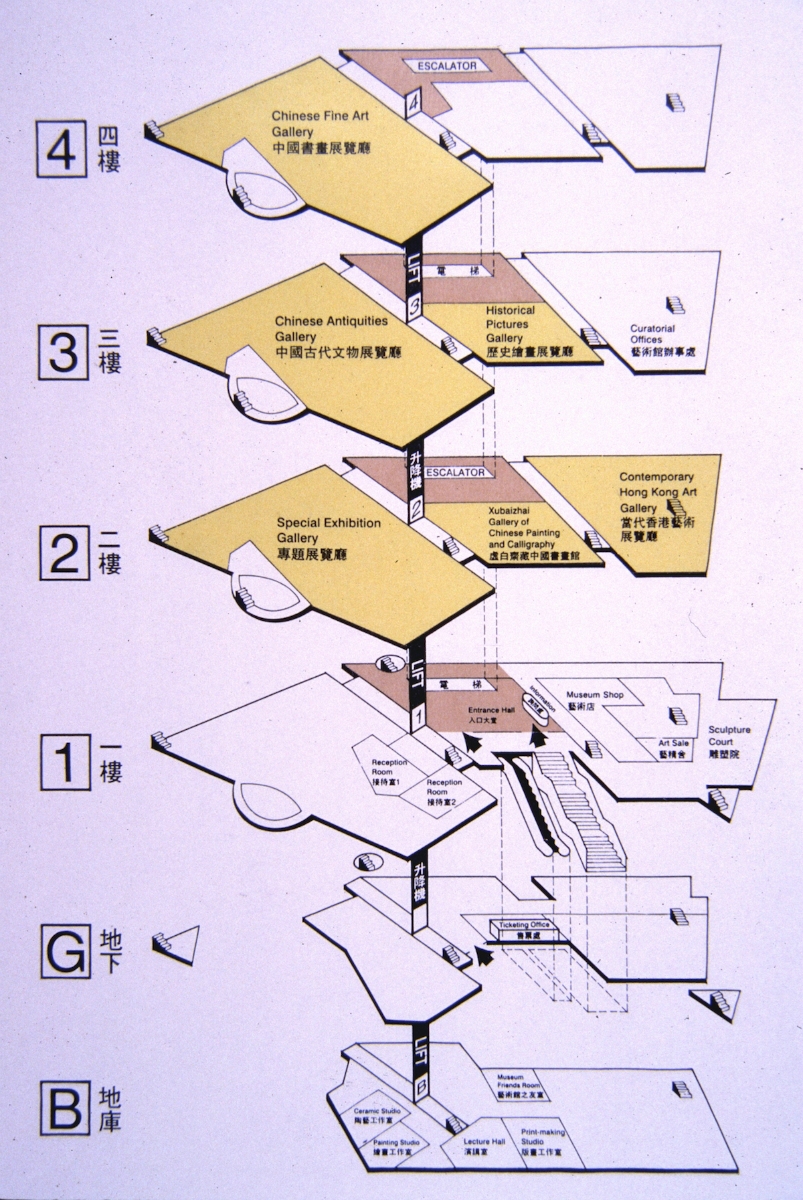Hong Kong Museum of Art
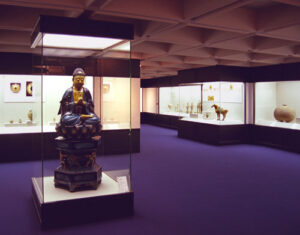
Location: Hong Kong
Role: Museum Planner for new art museum (interior spaces only), Architect for interior fit-out of all art galleries (note: prior to our involvement, the building was designed as part of a complex by Hong Kong’s government architect)
Program: Permanent art galleries, changing art gallery, collections storage, curatorial and exhibit support areas, classrooms and offices.
Building Area: 188,000 sf; Art Galleries: 50,000 sf
Description:
In 1986 we were commissioned by the Hong Kong Urban Council to plan and design the exhibition galleries of the new Hong Kong Museum of Art located on Victoria Harbor and to provide ongoing architectural design and planning consultation related to the rest of the museum building. The museum required galleries suitable for exhibition of artwork ranging from delicate classical Chinese porcelains and scrolls to aggressively scaled contemporary pieces from the Hong Kong area.
In addition to developing a detailed interior plan for all of the art galleries located on three levels, our work included design of all casework, gallery lighting systems, selection of appropriate finishes for the gallery walls, floors and ceilings, organization of security and environmental control systems, and ongoing coordination with the Government Architects throughout the remaining design and construction phases of the building. Also included in our work was conceptual design of an innovative orientation gallery incorporating visitor activated videodisc technology and a comprehensive historic timeline highlighted with exhibit objects, where the history of Chinese art is presented within the context of both Chinese and world history.
Twelve types of fixed and movable exhibit cases, each with an integrated lighting system, were designed to accommodate the many types of objects to be exhibited. Designed as a modular system, the exhibit cases increase efficiency of space use within the complex geometries of the building and allow for easy arrangement and rearrangement of individual units. The fixed modular cases provide rear access from secure staff passageways to allow curators to selectively remove or replace displayed items without closing the gallery to the public or disturbing the visual continuity of the installations. The free-standing exhibit cases are designed for front access.
Gallery lighting is provided by an innovative light track system in which individual light tracks can be moved to any location above a suspended grid system of open wood boxes. The overall ceiling grid created by the boxes visually organizes the gallery ceilings and conceals the light fixtures. The system also contains electrical raceways to service all potential power needs. This system makes it possible to alter gallery space or a specific exhibit without reorganizing power distribution, a design solution that results in substantial ongoing savings in operating costs.

